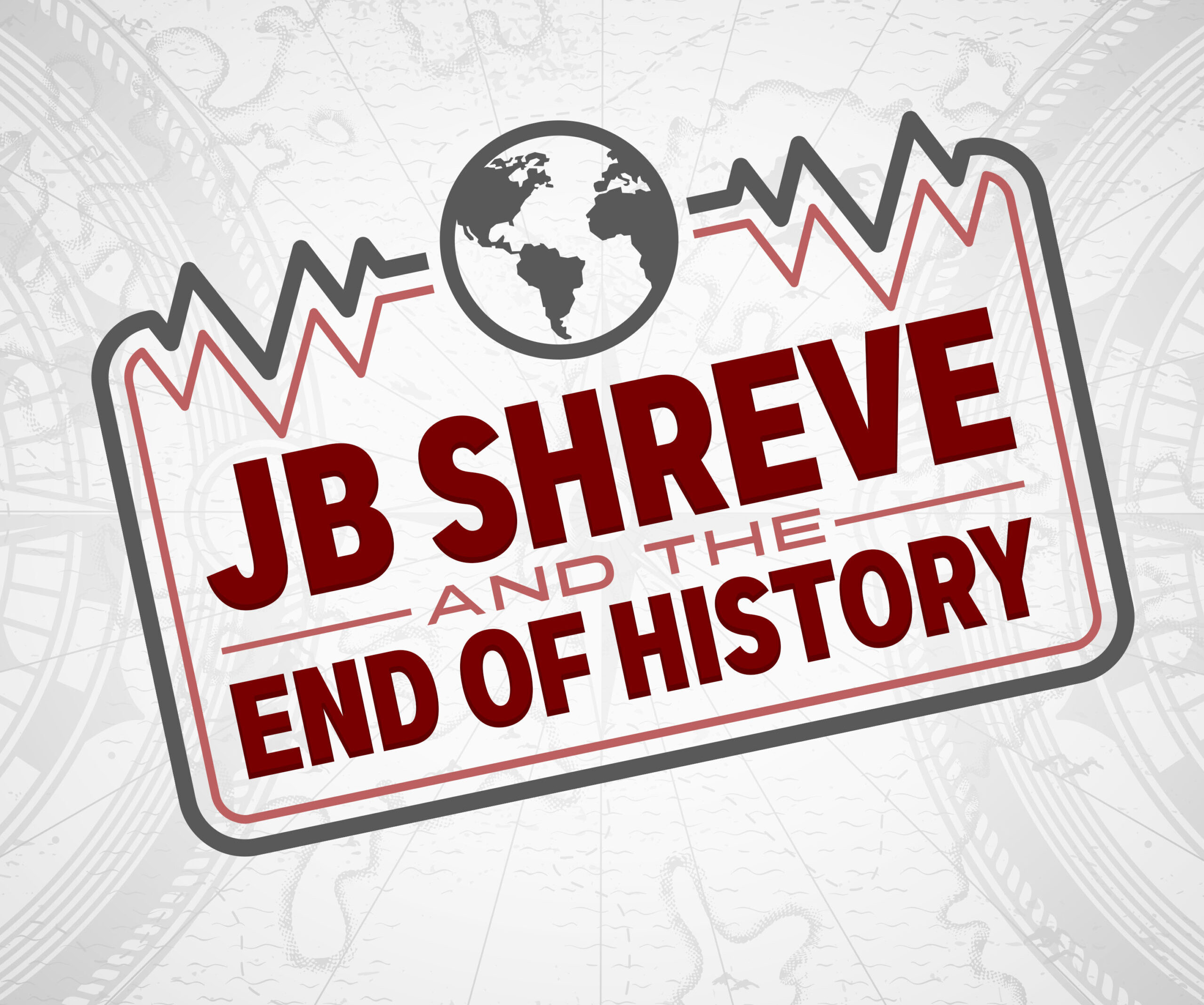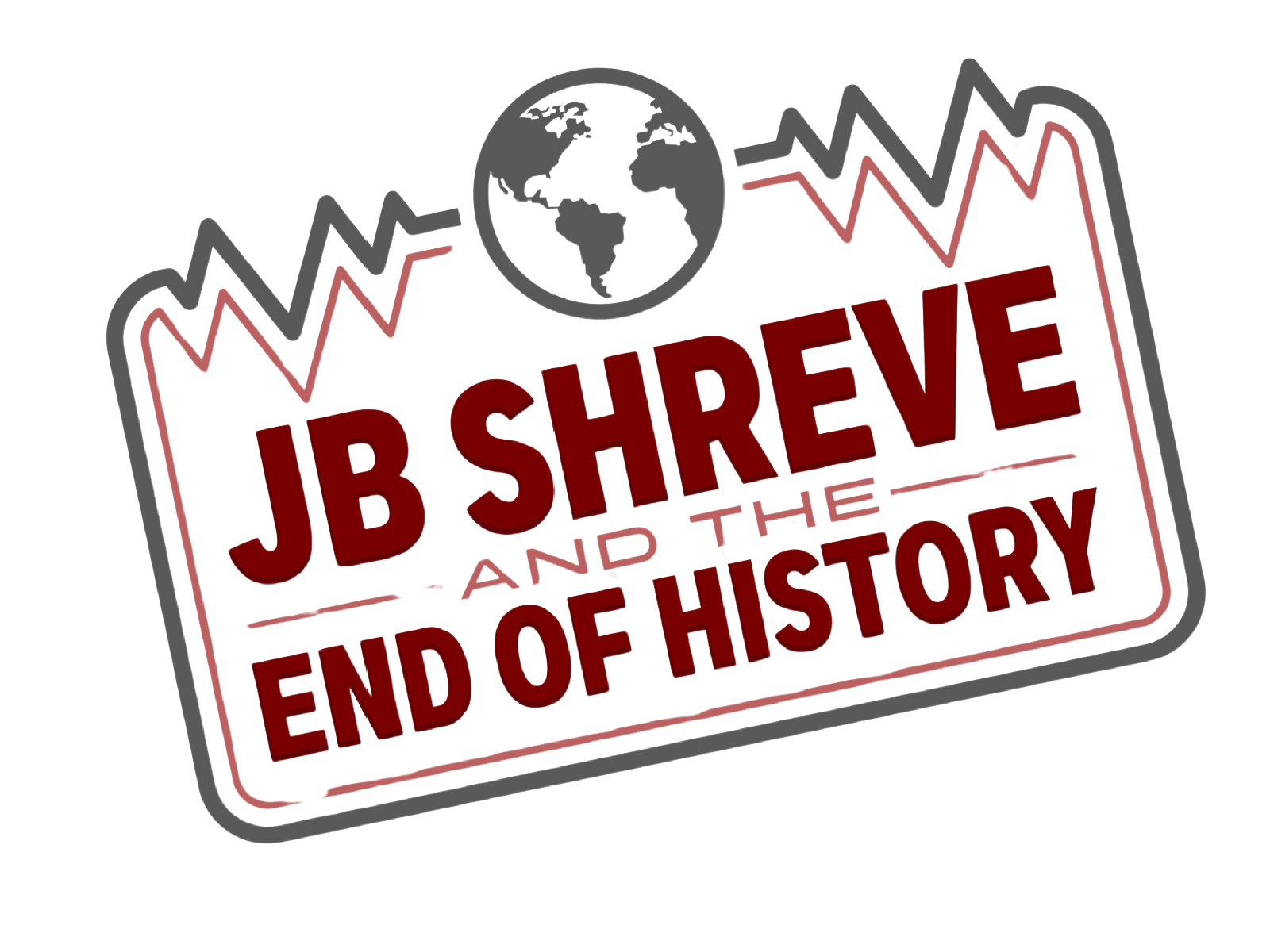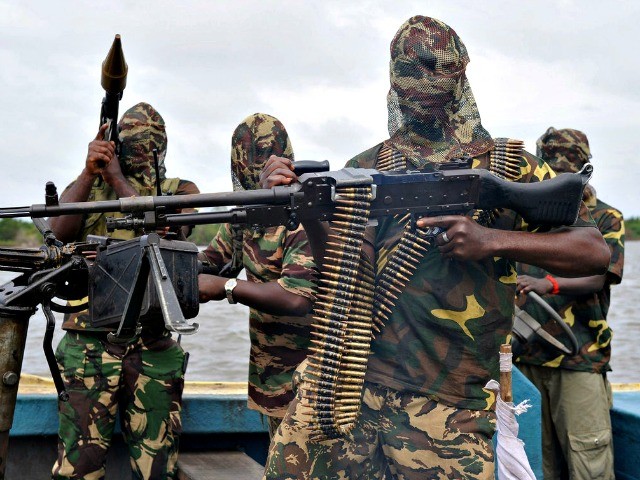
Reading Time: 5 minutes
This Boko Haram Fact sheet is part of my wider in depth look at this terrorist group. You can learn more about Boko Haram with full fact sheets, timelines, backgrounders and history here.
Boko Haram Fact Sheet
Boko Haram is a violent Islamic fundamentalist group based in north eastern Nigeria. Their reign of terror since 2009 has included the mass kidnapping of hundreds of young girls at a girls’ school which made them infamous beginning in 2014.
- Beginning in 2015 they secured areas of control in the country as large as Belgium and pledged their allegiance to ISIS. Areas under Boko Haram control have strict sharia law imposed and have re-instituted slavery for non Muslims.
- Boko Haram has triggered a refugee crisis in Nigeria and surrounding nations as their attacks have moved beyond Nigeria’s borders.
- Boko Haram uses kidnapping, chainsaw beheadings, suicide bombings and more to inflict terror and punishment among the region’s residents.

Boko Haram Fact Sheet – Economy and Corruption
- Boko Haram has risen out of historical issues of corruption and economic disparity between the wealthy southern part of Nigeria compared to the poverty stricken northern region. These economic disparities also correlate to religious demographics of Muslim populations dominating the north and Christians in the south.
- Nigeria is ranked as the largest and wealthiest nation on the continent of Africa after a rebasing of their GDP in 2014. This wealth is based largely upon energy exports based off the coast.
- One mark of the legacy of government corruption in the nation’s history since independence in 1960 has been the reports of billions of dollars stolen from Nigeria’s oil revenues.
- Nigeria joined the WTO in the mid 90s and this resulted in further shock to the meager manufacturing economy based in the north as Chinese imports flooded the markets. Today anti-panhandling laws to limit begging are enforced in the shadow of closed factories in northern Nigeria.
[the_ad id=”4167″]
Boko Haram Fact Sheet: History
- Northern Nigeria once existed as a stronghold for Africa’s Islamic kingdoms. This began to fade into the mid-19th
- British imperialism controlled Nigeria from this time through independence in 1960. Britain remained largely hands off in northern Nigeria, the home of the country’s Islamic populations yet was greatly involved in the south. This resulted in Nigeria developing with two distinct regions as different as two different nations during this time period.
- The north, under the British was very independent, traditional, and Islamic. The south was heavily influence by Christian missionaries and better integrated with the western world. These differences would show significantly after independence.
- The first decades of Nigerian independence were very volatile with numerous coups.
- A rising fundamentalist Islamic movement was active beginning in the 1980s in the north. Riots and violence broke out numerous time during this decade. This movement was in line with what was taking place throughout the Middle East and south Asia in the lands of Muslim populations liberated only a few decades earlier from European colonialism.
- The Muslim Youth Organization was founded in the 1990s.
- Muhammed Yusuf took over leadership of the Muslim Youth Organization in 2002. At this time the organization was a non-violent group.
- The Muslim Youth Organization was renamed Jama’atu Ahlis Sunna Lidda’awati Wal-Jihad which translates to “People Committed to the Propagation of the Prophet’s Teaching and Jihad.” They would soon earn the nickname “Boko Haram” which means western education is forbidden.
- The true protest of Boko Haram is not western education but western values which were transmitted through the western education system under the British.
- Occasional attacks from Boko Haram began in 2004 against police stations and other perceived sources of state sponsored corruption against Muslims in the north.
- In 2009 government forces struck Boko Haram and captured its leader Yusuf. Images of his dead body in handcuffs and riddled with bullets were captured with cellphones and spread across the web. The radicalization of Boko Haram had begun.
- The new Boko Haram emerged in 2011 with attacks on prisons that freed over 700 in Nigeria. The group began targeting Christians and Muslims that were not obedient to their interpretations of the Koran.
- In 2011 Boko Haram brought suicide bombing to Nigeria with an attack on a United Nations building in Abuja.
- Al-Qaeda is reported to have arrived in Nigeria in 2012 to support and train Boko Haram fighters.
- By 2013 Boko Haram ruled the roads of the northern part of Nigeria.
- In 2014 they became famous around the world with the kidnapping of hundreds of school girls. US First Lady Michelle Obama helped raise awareness with the #bringbackourgirls campaign.

- In 2014 Boko Haram pledged allegiance to ISIS.
- In 2015 Nigerian President Goodluck Jonathan was voted out of office, largely due to his ineffectual efforts against the group as well as alleged corruption. New president Muhammadu Buhari vowed to eliminate the threat of Boko Haram.
Boko Haram Fact Sheet: Current Realities
- Today as many as 2.4 million people have been displaced by Boko Haram.
- As many as 7 million people are at risk of starvation due to Boko Haram
- The core group of fighters within Boko Haram, as estimated by the US intelligence community, is between 4,000 and 6,000.
- In the first half of 2018, almost a third of all Boko Haram casualties were the result of suicide bombings.
- Since 2011 nearly 40,000 people have been killed in Boko Haram violence.
- Although the violence of the Boko Haram violence decreased between 2014-15 it has now returned to the terrible standards of prior years.
- In the early years of the Boko Haram attacks Christian churches were the most frequent target of attacks. Since 2015 Islamic mosques have been the most popular Boko Haram target.
- In the spring of 2018 the Nigerian government announced they were in talks with Boko Haram as part of an effort to reduce the violence. Subsequent reports suggest Boko Haram has divided into two factions. One faction remains devoted to extremism and the other is focused on gaining legitimacy from the Nigerian government.
Learn more about Boko Haram and the history of Nigeria through the newest Intelligence Brief released from the End of History. Download your copy of this new e-book today. You can purchase at Amazon by clicking on the icon below.



